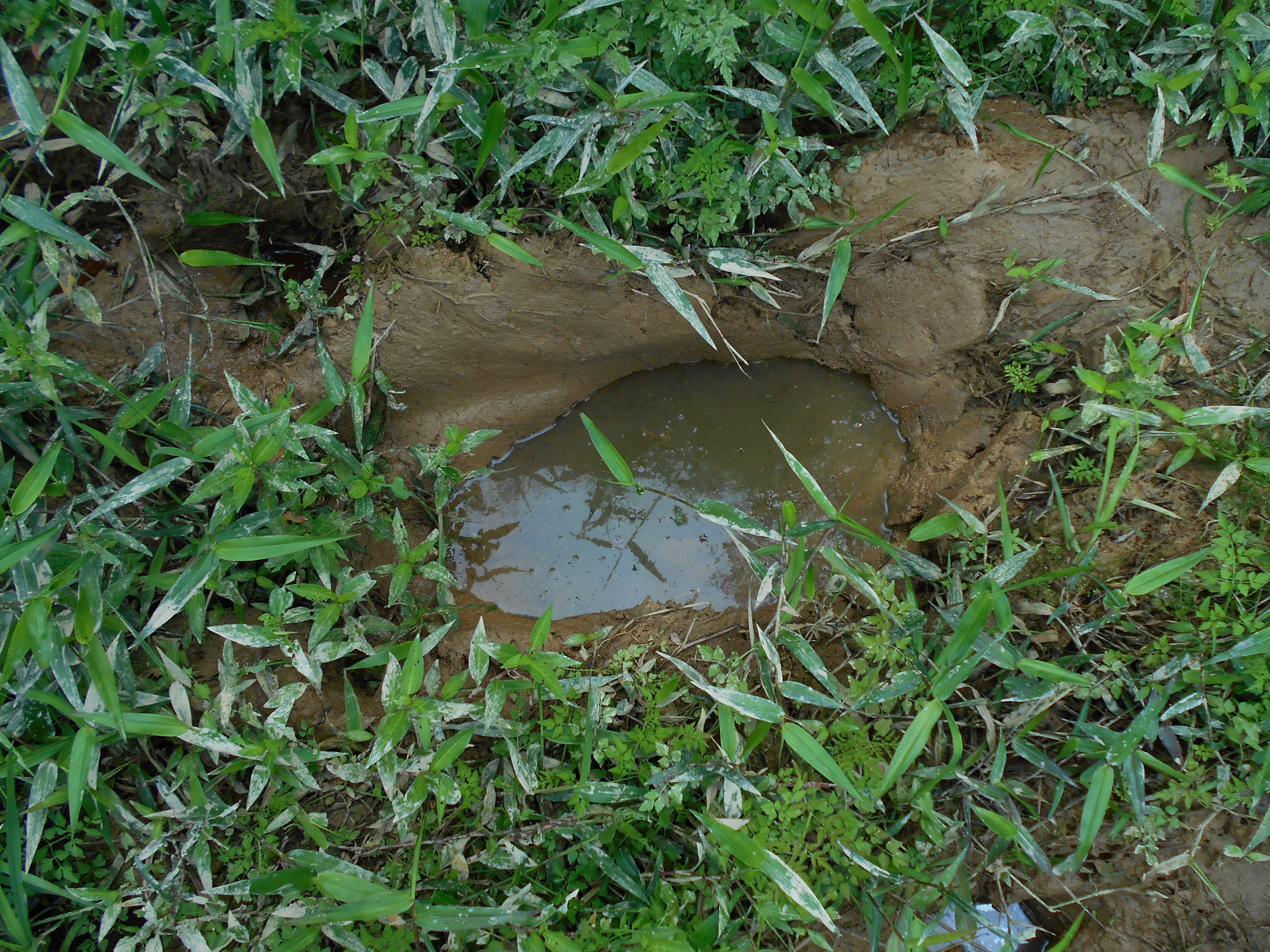.JPG?ver=2019-05-17-043704-520)
Elephants are “ecosystem engineers” that impact other species of plants and animals by changing the environment. For example, browsing elephants remove trees causing grasslands to expand, dung left in wetlands has an important fertilizing effect, and seeds passed through the digestive tract are more likely to germinate. Elephants also deliver benefits to smaller fauna; browsing damages trees and creates cavities used by geckos as hiding places, and dung piles provide a home (and food) for many small animals. In a wildlife sanctuary in northern Myanmar, elephants trundling through the mud around seasonal wetlands leave deep tracks, some of which fill with water. Owing to their immense bulk, trampling by elephants probably changes the soil structure, making the tracks better able to retain water during the lengthy dry season (October through May) when most wetlands contain no water.

Taking advantage of these miniature pools, frogs lay their eggs and tadpoles develop in the tracks. Water-filled elephant tracks offer several advantages to breeding frogs. First, these tracks provide critical nesting sites that are available at a time of the year when most other small pools are dry. Second, tracks are free of predators such as small fish, that might consume eggs and tadpoles. Third, groundwater seepage appears to keep tracks filled with water through the dry season, providing ample time for tadpoles to complete metamorphosis into frogs. And fourth, water-filled tracks could function as “stepping stones” connecting different breeding populations of frogs across the landscape, an important consideration where gene flow is concerned. These observations provide yet another example of how environmental changes wrought by elephants can positively impact other species.
Platt, S.G., D.P. Bickford, Myo Min Win, and T.R. Rainwater. 2019. Water-filled Asian Elephant tracks serve as breeding sites for anurans in Myanmar. Mammalia 83:287-289.